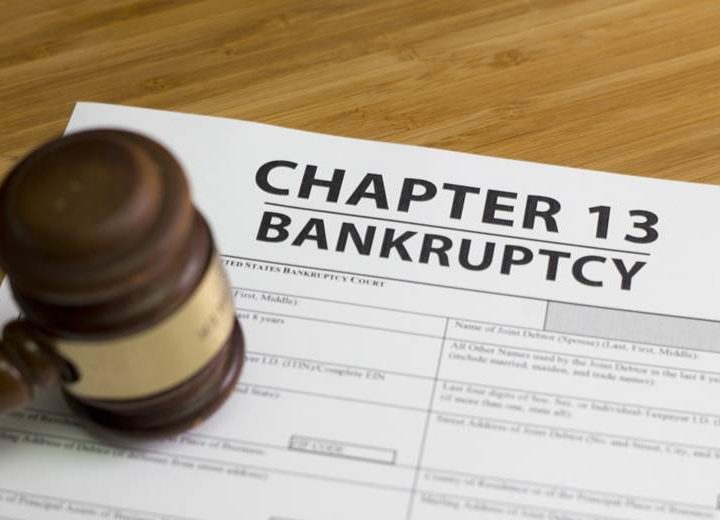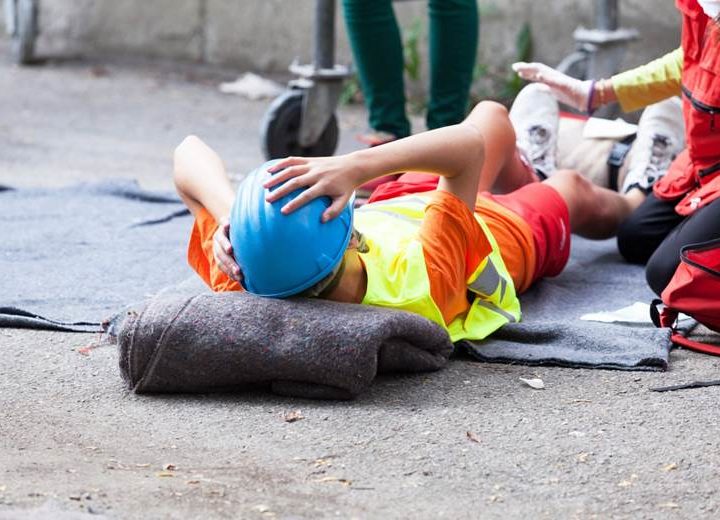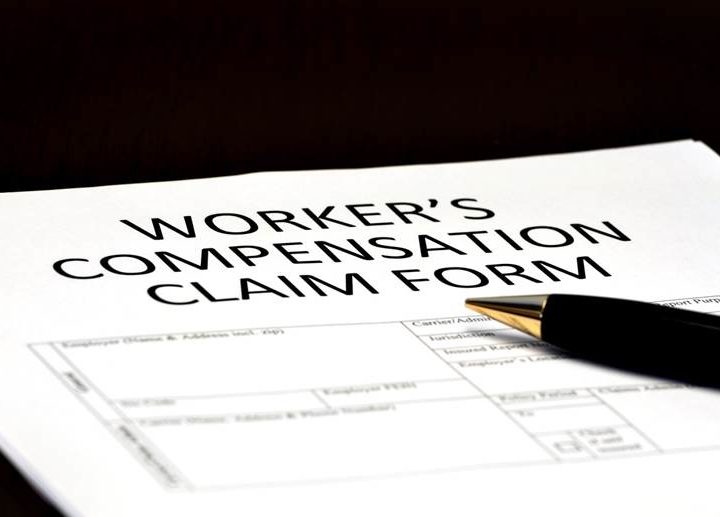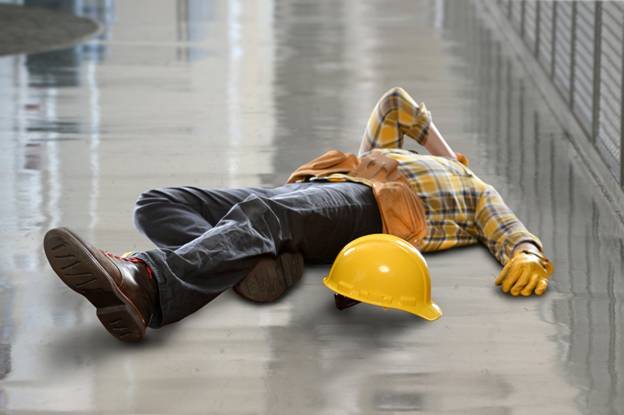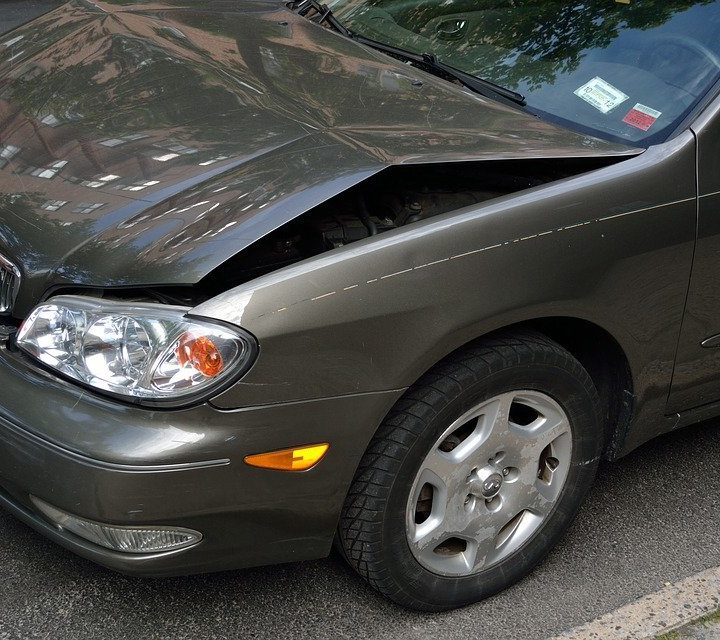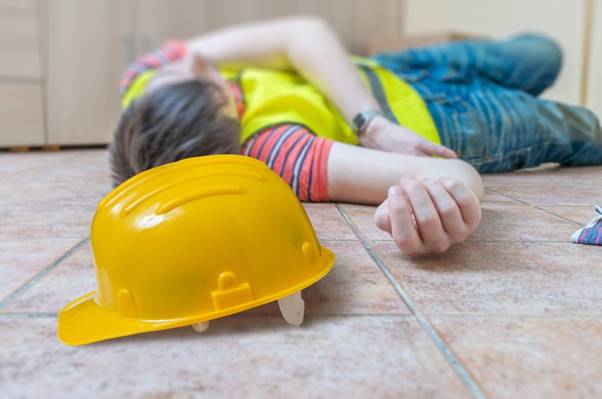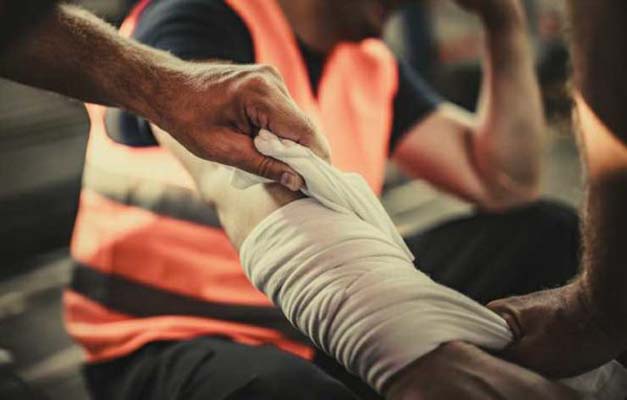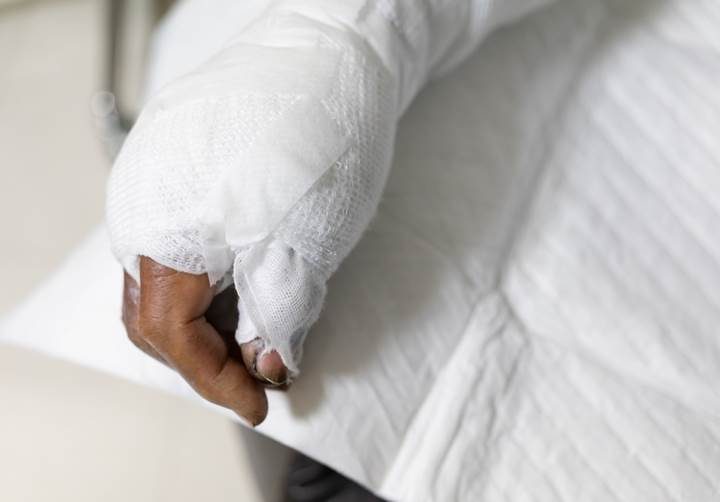Welcome to a comprehensive guide on navigating through the challenges of being injured while working in an oil rig. Working on oil rigs presents unique hazards, and injuries are unfortunately common. However, understanding the risks, safety measures, and the process of recovery can significantly mitigate the impact of such incidents.
Understanding Injuries on Oil Rigs
Working on an oil rig can be physically demanding and dangerous. Injured while working in oil rig situations can range from minor cuts and bruises to severe injuries or even fatalities. Understanding the types of injuries that can occur is crucial for both prevention and response.
Injuries on oil rigs often include fractures, burns, sprains, and strains. The dynamic environment, heavy machinery, and exposure to hazardous materials increase the risk of accidents.
Safety Measures and Regulations
Safety measures and regulations are paramount in the oil rig industry. Stringent protocols are in place to ensure the well-being of workers and the environment. Employers must enforce safety guidelines and provide appropriate training to mitigate risks.
Adhering to safety protocols is not only a legal requirement but also crucial for maintaining a safe working environment. Regular inspections, safety drills, and the use of personal protective equipment (PPE) are integral components of accident prevention.
Common Causes of Accidents
Despite rigorous safety measures, accidents on oil rigs can still occur due to various factors. Human error, equipment malfunction, adverse weather conditions, and inadequate maintenance are among the leading causes of accidents.
Understanding these factors allows for the implementation of preventive measures and the development of effective emergency response plans.
Immediate Response Protocols
In the event of an accident or injury on an oil rig, immediate response protocols must be followed to ensure the safety and well-being of everyone involved. Prompt medical attention, evacuation procedures, and communication protocols are essential elements of the response plan.
Training drills and simulations help prepare workers for emergencies, enabling them to react swiftly and effectively in high-pressure situations.
Long-term Implications
Injuries sustained on oil rigs can have significant long-term implications for the affected individuals. From physical disabilities to psychological trauma, the aftermath of an accident can impact both health and livelihood.
Rehabilitation programs and support services play a crucial role in aiding the recovery process and restoring quality of life for injured workers.
Legal Considerations
Workers injured while working on oil rigs are entitled to certain rights and protections under the law. Employers are legally obligated to provide a safe working environment and adequate compensation for any injuries sustained on the job.
Understanding these legal considerations is essential for protecting the rights of injured workers and ensuring they receive the support and compensation they deserve.
Rehabilitation and Recovery
Rehabilitation and recovery following an injury on an oil rig require comprehensive medical care and support services. Physical therapy, occupational therapy, and vocational rehabilitation may be necessary to facilitate recovery and reintegration into the workforce.
Emotional and psychological support is also vital for addressing the mental health challenges that may arise as a result of the injury.
Mental Health Support
Dealing with the aftermath of a traumatic injury can take a toll on mental health. Many injured workers experience anxiety, depression, and post-traumatic stress disorder (PTSD) following an accident.
Access to mental health support services and counseling is essential for helping individuals cope with the psychological effects of their injuries and navigate the recovery process.
Preventive Measures
Preventive measures play a crucial role in reducing the risk of injuries on oil rigs. Employers should prioritize safety at all levels of operations, implementing measures such as regular equipment maintenance, hazard assessments, and safety training programs.
Investing in safety technology and innovations can further enhance workplace safety and minimize the risk of accidents.
Industry Trends and Innovations
The oil rig industry is constantly evolving, with advancements in technology and safety practices driving positive change. From automation and robotics to real-time monitoring systems, innovative solutions are emerging to address safety challenges and improve efficiency.
Staying informed about industry trends and embracing innovation is essential for maintaining a safe and sustainable working environment on oil rigs.
FAQs
- What should I do if I get injured while working on an oil rig? Seek immediate medical attention and report the incident to your supervisor.
- Can I file a claim for compensation if I’m injured on an oil rig? Yes, you may be entitled to compensation for medical expenses, lost wages, and pain and suffering.
- How long does it take to recover from an injury on an oil rig? The recovery process varies depending on the severity of the injury, but it may take weeks, months, or even years.
- Are there any support services available for injured oil rig workers? Yes, many companies offer rehabilitation programs, counseling services, and financial assistance to injured workers.
- What are some common safety measures implemented on oil rigs? Common safety measures include regular safety training, the use of personal protective equipment, and strict adherence to safety protocols.
- What are the long-term implications of injuries sustained on oil rigs? Injuries on oil rigs can have significant long-term implications, including physical disabilities, chronic pain, and mental health issues.
Conclusion
In conclusion, being injured while working on an oil rig can be a challenging and traumatic experience. However, by understanding the risks, adhering to safety protocols, and seeking appropriate support and compensation, injured workers can navigate the recovery process with confidence and resilience.
Remember, prioritizing safety and well-being is paramount in the oil rig industry, and together, we can work towards creating safer and healthier work environments for all.














